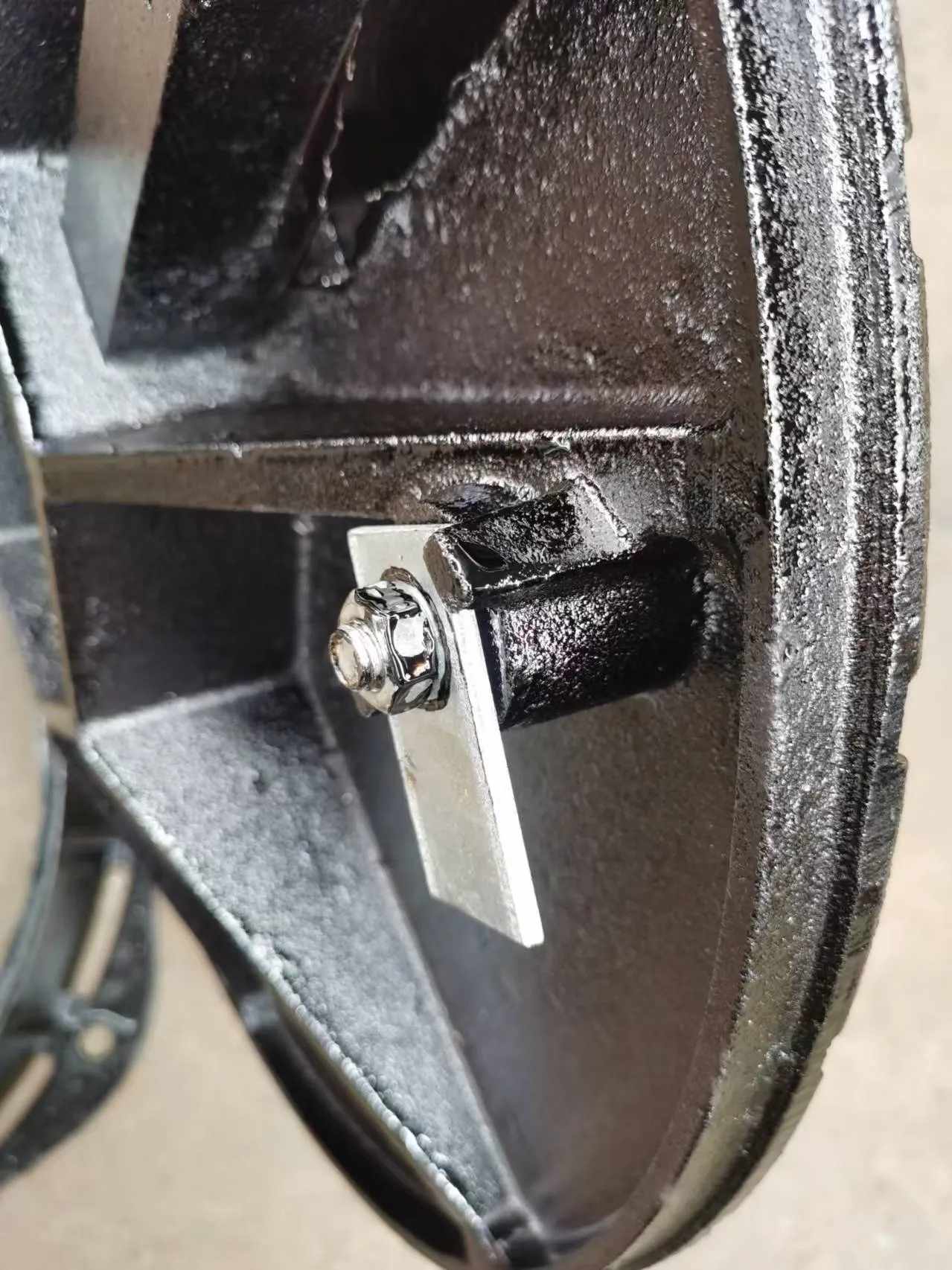toilet grating
Understanding Toilet Grating Importance, Types, and Maintenance
Toilet grating plays an essential role in modern restroom facilities. Often overlooked, grating systems are critical for ensuring hygiene and proper drainage in restrooms, particularly in public facilities with high foot traffic. By examining the importance, types, and maintenance of toilet grating, we can appreciate its impact on sanitation and functionality.
Importance of Toilet Grating
Toilet grating primarily serves to manage drainage effectively. It allows for the swift removal of wastewater, preventing pool formation on the restroom floor. This is crucial, as standing water can lead to several hygiene issues, including the proliferation of bacteria, mildew formation, and unpleasant odors. By directing water to the sewage system, grating helps maintain a clean and sanitary environment.
Another important function of toilet grating is safety. Wet floors can be a significant hazard, leading to slips and falls. Grating systems are designed to ensure that water drains away quickly, minimizing the risk of accidents. The design often includes non-slip surfaces that further enhance safety for users.
Types of Toilet Grating
Toilet gratings come in various designs and materials, tailored to meet different needs and applications. Common materials include stainless steel, plastic, and cast iron, each offering unique benefits.
1. Stainless Steel Grating This is the most widely used type for commercial restrooms due to its durability and resistance to corrosion and rust. Stainless steel is easy to clean and withstands harsh cleaning chemicals, making it ideal for maintaining hygiene.
2. Plastic Grating Light in weight and resistant to corrosion, plastic gratings are often used in less-trafficked areas or where a lighter solution is needed. They are available in various colors, allowing for customization that can match the restroom aesthetics. While they may not be as durable as stainless steel, they offer adequate performance for many situations.
toilet grating

3. Cast Iron Grating This type is exceptionally robust and can handle heavy loads, making it suitable for industrial applications. Cast iron can endure extreme conditions, but it is more challenging to maintain as it is prone to rust if not properly coated.
4. Custom Grates In some cases, custom grating solutions are designed to meet specific restroom layouts or aesthetic preferences. This may include various shapes, sizes, and materials that cater to unique requirements, enhancing both functionality and style.
Maintenance of Toilet Grating
Maintaining toilet grating is essential to ensuring its longevity and effectiveness. Regular cleaning is crucial to prevent blockages caused by debris or buildup of grime. Depending on the material, different cleaning agents can be employed. Stainless steel can often withstand harsher chemicals without damage, while plastic may require milder solutions to avoid degradation.
Additionally, periodic inspections are necessary to identify any wear and tear. This includes checking for cracks, rust, or loosening fittings. If issues are detected, timely repairs or replacements should be carried out to uphold safety standards.
Another aspect of maintenance is ensuring that the grating allows for proper drainage. Any obstructions, such as hair or other debris trapped within the grates, should be promptly cleared to prevent backups.
Conclusion
In summary, toilet grating, while often an unnoticed component of restroom facilities, plays a vital role in hygiene, safety, and proper drainage. Understanding its importance and types can aid facility managers in making informed decisions about installation and maintenance. By prioritizing good hygiene practices and regular maintenance checks, we can create restroom environments that are not only functional but also safe and pleasant for all users. Thus, acknowledging the significance of toilet grating is key in promoting better sanitation standards across all facilities.
-
The Smarter Choice for Pedestrian AreasNewsJun.30,2025
-
The Gold Standard in Round Drain CoversNewsJun.30,2025
-
The Gold Standard in Manhole Cover SystemsNewsJun.30,2025
-
Superior Drainage Solutions with Premium Gully GratesNewsJun.30,2025
-
Superior Drainage Solutions for Global InfrastructureNewsJun.30,2025
-
Square Manhole Solutions for Modern InfrastructureNewsJun.30,2025
-
Premium Manhole Covers for Modern InfrastructureNewsJun.30,2025
